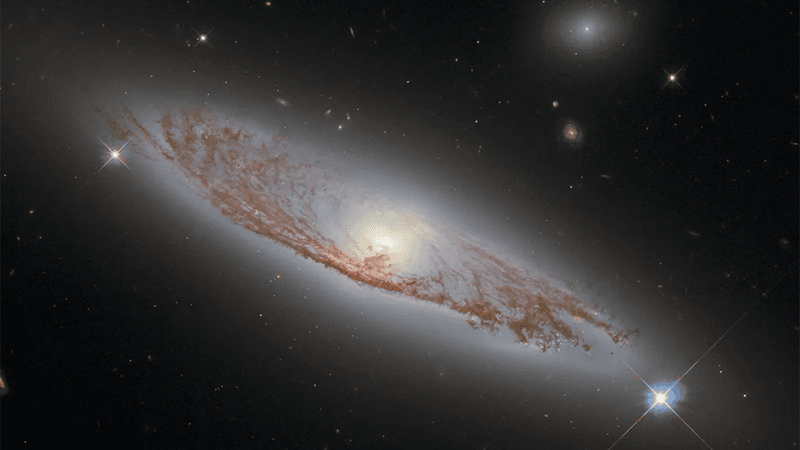The winner of the Royal Observatory Greenwich’s Astronomy Photographer of the Year 16 has been announced. Once again, we are in awe of both the beauty of the universe and the incredible talent of the astrophotographers involved. The competition is the world's biggest space photography competition and this year saw 3,500 entries from 58 countries.
There were 11 different category prizes up for grabs – the panel of judges voted a winner, runner-up, and highly commended for each of the categories. The winning photos can be seen below and the whole list can be found online at the Royal Observatory website or in person at the National Maritime Museum in London, UK.
"Once again, I've had the great privilege of being on the judging panel for Astronomy Photographer of the Year – an abundance of astonishing works flood to us, and it is a joy to see what the world's best astrophotographers are producing. It really is true that choosing the winners is a long process, and heavily debated amongst the panel," Dr Ed Bloomer, an astronomer at Royal Observatory Greenwich, said in a press statement.
"This year, I've personally enjoyed what I think is a very strong showing for the Aurorae category. The Young entrants are mightily impressive as well, and the Annie Maunder Prize for Image Innovation is surprising, beautiful, and intriguing. But there are wonders spread across every category. Try and see as much as you can at the exhibition, you'll be swept away by what has been created."
The competition has an overall winner and it belongs to the Our Sun category. The stunning image (above) shows the shadow cast by features on the surface of the Moon as our natural satellite crosses the Sun. The composition is truly wondrous.
Aurorae

This incredible panorama of the mountains around Queenstown in New Zealand was crafted by putting together 19 images. Look at those pink beams!
Our Moon

Sinus Iridum, the Bay of Rainbows, is stunning in the stark contrast accentuated by the use of a monochrome camera.
Galaxies

NGC 5128 and its surrounding tidal wave system as well as a visualization of the relativistic jet, powerful jets of radiation and particles traveling close to the speed of light.
People & Space

An H-alpha image of the Sun shows the intense activity of the solar surface as the silhouette of the International Space Station transits across it.
Planets, Comets, & Asteroids

A gorgeous false-color composite shows the phases of Venus on approach to inferior conjunction – when the planet and Earth are on the same side of the Sun.
Skyscapes

The rugged peaks of the Tasman Valley are perfectly framed by the arc of the Milky Way in the sky, the red hydrogen gas snapped with an H-alpha filter, and the Magellanic clouds.
Stars & Nebulae
.jpg)
This incredible view of a supernova remnant was created by combining 3,559 frames – a total of 260 hours of exposure – and observations across three continents. Definetely worth it!
Sir Patrick Moore Prize for Best Newcomer

Ten days' worth of images create this incredible view of the Dolphin Head Nebula.
Young Competition

The California Nebula looks stunning in this beautiful composition.
Annie Maunder Prize for Image Innovation

Mixing the different filters of the GOES-18 satellite, which monitors air, water, and landmasses, in different colors, Earth looks like an alien world.




![An artist’s concept looks down into the core of the galaxy M87, which is just left of centre and appears as a large blue dot. A bright blue-white, narrow and linear jet of plasma transects the illustration from centre left to upper right. It begins at the source of the jet, the galaxy’s black hole, which is surrounded by a blue spiral of material. At lower right is a red giant star that is far from the black hole and close to the viewer. A bridge of glowing gas links the star to a smaller white dwarf star companion immediately to its left. Engorged with infalling hydrogen from the red giant star, the smaller star exploded in a blue-white flash, which looks like numerous diffraction spikes emitted in all directions. Thousands of stars are in the background.]](jpg/jet-m.jpg)
